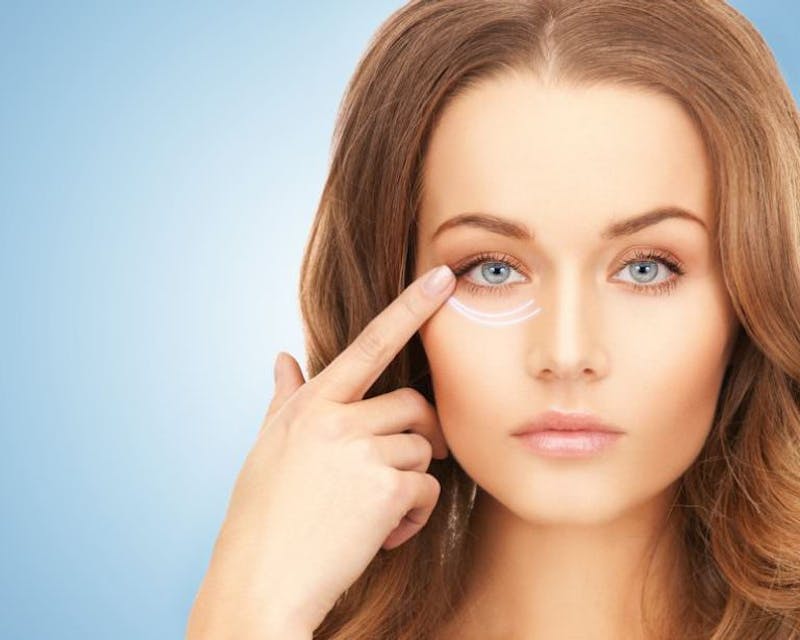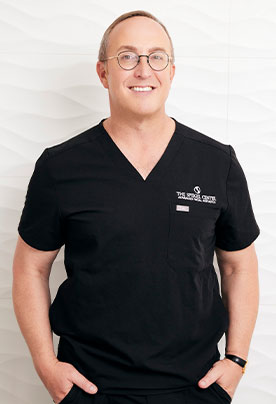
A blepharoplasty is a procedure that can help your eyes look more youthful. Also known as an “eye lift,” it can help to reduce puffiness in the eyelids, as well as minimize fine lines and wrinkles centered around the eyes.
Our eyes are one of the first things people notice about us. No matter how youthful, energetic, or happy you may feel on the inside, our eyes may tell a different story. If eyelids are droopy, puffy, or crinkled it can make you look old, sad, or even angry.
A simple blepharoplasty can literally take years off your face. You’ll be surprised with the results, and just how much of a difference it can really make. Not only will you look younger, but people may comment it appears you lost weight, or that you look happier, healthier. These are great compliments, and can help to boost an individual’s self-esteem.
The best part is that this surgery isn’t to make you look different. Instead, the goal is to simply look like a happier, healthier, more youthful YOU.
Procedure & Recovery: What to Expect
The procedure takes between one and two hours to complete. It can be done in the doctor’s office under only local anesthesia, or it can be completed in a hospital under general anesthesia – meaning you will be asleep during the procedure. Remember that there will be additional recovery time should you wish to be put under general anesthesia. Your doctor can help you decide which option is best for your personal circumstances.
After the procedure, you should plan to rest for a few days. This will allow your blepharoplasty to heal, and your body to generally recover its strength. There will be no stitches to remove, although there may be some swelling or bruising at the site of the procedure. This should clear up in a few days. Most patients are ready to return to their normal routine without restrictions within six to seven days after having their procedure done, although it may take a few extra days for some individuals.
Pain medication may be offered to help control any pain for the first few days after surgery, but many patients decide they don’t need this. Tylenol or Motrin taken at home can help. Other things you can use to control pain, bruising, or swelling are ice packs, a healthy diet, proper hydration, and plenty of rest.
Precautions
Although a blepharoplasty is usually safe for most healthy individuals, if you fall under a high-risk category be sure to speak with your surgeon at length to determine if this procedure is safe for you. Individuals who are elderly, on long-term medications, have a pre-existing health condition, are pregnant, nursing, or plan to become pregnant soon should discuss these issues with their surgeon. Your safety is always our number one priority, and knowing your full medical history allows us to keep you the safest possible while under our care.





